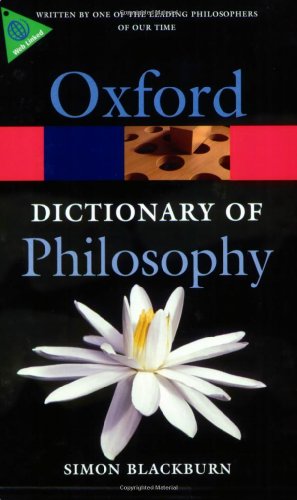


The religious state is exactly that of Alice after hearing the nonsense poem "Jabberwocky": "Somehow it seems to fill my head with ideas - only I don't exactly know what they are." If Alice puts on a dog collar, she will be at one with the tradition.Īrmstrong is not presenting a case for God in the sense most people in our idolatrous world would think of it. The right kind of silence, of course, not that of the pothead or inebriate.

The mystery at the heart of religious practice is ineffable, unapproachable by reason and by language. Words such as "God" have to be seen as symbols, not names, but any word falls short of describing what it symbolises, and will always be inadequate, contradictory, metaphorical or allegorical. Armstrong firmly recommends silence, having written at least 15 books on the topic. This is the "apophatic" tradition, in which nothing about God can be put into words. So what should the religious adept actually say by way of expressing his or her faith? Nothing. Real religion is serenely immune to their discovery that it is silly to talk of a divine architect. So Dawkins, Dennett, Hitchens and Harris have chosen a straw man as a target. This is a perversion of anything valuable in religious practice, Armstrong writes, and it is only this perverted view that arouses the scorn of modern "militant" atheists. With the scientific triumphs of the 17th century, religion stopped being a practice and started to become a theory - in particular the theory of the divine architect. It debases religion into a matter of belief in a certain number of propositions, so that if you can recite those sincerely you are an adept, and if you can't you fail.

This makes it into a matter of belief, argument, and ultimately dogma. Or rather, several serpents, but the worst is the folly of intellectualising the practice. However, there is a serpent in this paradise, as in others. This is religion as it should be, and, according to Armstrong, as it once was in all the world's best traditions. We come out of the art gallery or concert hall enriched and braced, elevated and tranquil, and may even fancy ourselves better people, though the change may or may not be noticed by those around us. But nobody who has managed either would doubt that something valuable has happened in the process. These are similarly difficult to create, and even to appreciate. Religion is therefore properly a matter of a practice, and may be compared with art or music. They use devices of ritual, mystery, drama, dance and meditation in order to enable us better to cope with the vale of tears in which we find ourselves. Karen Armstrong takes the reader through a history of religious practice in many different cultures, arguing that in the good old days and purest forms they all come to much the same thing. T his is an eloquent and interesting book, although you do not quite get what it says on the tin.


 0 kommentar(er)
0 kommentar(er)
